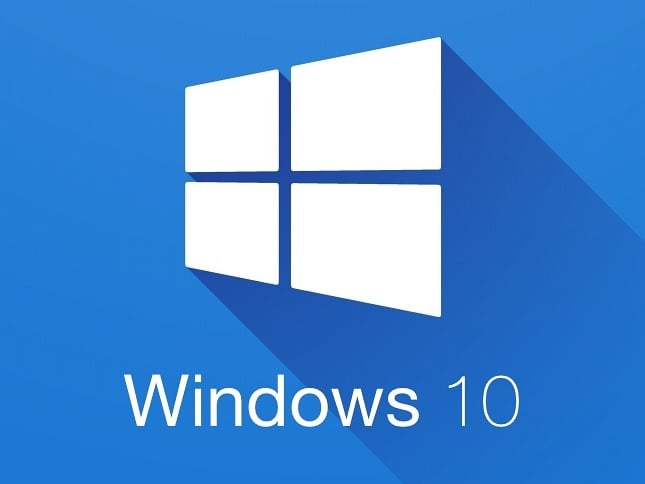What…why…how?
- 2 Posts
- 64 Comments

 13·vor 1 Monat
13·vor 1 MonatThese sound a lot like “trust me bro, he’s bad” arguments

 3·vor 7 Monaten
3·vor 7 MonatenThat is the problem they get promoted as the one-size-fits-all solution on everything. And people are using it as it’s promoted

 2·vor 8 Monaten
2·vor 8 MonatenAlso what a lot of people don’t see ist, that as a company if you are looking for employees, there are a lot of potential workers with adobe experience, much less with affinity (although growing). Not sure how kany you find with professional FOSS tool experience.
So you do have major onboarding costs for each new employee who has to relearn their workflows
I usually go for if it has a / its probably US date formate…
We use dots in our Locale
Ohh you are in for a treat 🫠
Did you get it to run? I tried it for about a day or so, and only got it kind of working
I tend to disagree, I do have several devices running Linux and with all of them I had issues after install (standby not working, swap partition not recognized, sound only playing on half of the speakers, issues with monitor scaling etc…) Im fine with it and like the journey, but there are still quirks.
Probably Im in an in-between-world where I do have some tricky use-cases, but missing the full know-how to do it…
thing which makes it not normy-usable, are the documentations: for windows issues you can find DAU-conform guides to solve something. Mostly on “official” (with probably too many ads) pages.
For Linux it’s usually a rabbit hole of official documentations (which dont show all the options), forums, reddit pages, where some guy tells another guy to add xyz to the config file…without telling which file and where in the file. Why is this command not listed in the documentation? What does that command actually do?
It has gotten much better, but there’s still some way to go
Maybe take a look at beancount, it’s a great tool for tracking and allows imports of different formats. There is no native way to do budgets, but there are plugins helping with it. Using fava it gives you a really nice UI to visualize your data I currently don’t use it for securities/portfolio but what I saw from the documentation, it definetly can handle it
You all get it totally wrong, it’s not part of enshittification, they add the landingpage so you can securely check where tue link is going…
And if there’s a landing page, why not use it to show you great deals…would be sad to not use that real estate
That’s \s by the way

 3·vor 10 Monaten
3·vor 10 MonatenUnfortunately, the availability of “one time purchase” is not a guarantee anymore as more and more devs have killed existing versions sold with perpetual licences.

 7·vor 1 Jahr
7·vor 1 JahrWhat helps a lot for apps with multiple config files:
- if you tell the user to “add code xy to the config file” : tell me which file. is it the main config file? the one of the reverse proxy etc.?
- provide a sensible example library of the config structure. For example: duting the implementation of an importer for beancount I was struggling with what goes where. The example structure was really, really helpful.
- also, if you have configurations which allow different options: TELL ME THE OPTIONS! If I get an error during startup, that for config.foo the value “bar” is not allowed, I need a list of options somehwere, so many hours lost to find out what I can write to config.foo
Probably a bit more polished UX (especially for not too tech-savy people)
but I’d say the biggest difference is integrated multidevice support, either via their cloud or selfhosted…

 5·vor 1 Jahr
5·vor 1 JahrIn some Linux distributions it blocks you from installing system packages via pip, often there are then packages which can be installed via your distros package manager.
With arch for example:
sudo pacman -S python-'package'Or, as others mentioned using venv.

 5·vor 1 Jahr
5·vor 1 JahrYou should just have received a text with a number on it, could you post that as well please?
Also, some tools have plugins to provide vim controls for them.
I know at least and use these:
- SublimeText (https://github.com/NeoVintageous/NeoVintageous)
- Firefox (https://addons.mozilla.org/en-US/firefox/addon/vimium-ff)
There are probably more…
For me, it’s hardware support, i.e my laptops fingerprint sensor just isn’t supported, for the speakers to work I had to find a script that remapped the speakers, multiple desktops (especially with different resolutions) are a pain.
But the killer at the moment is a good solution to manage and post process my raw photos. Went from Lightroom to On1 Photo RAW…unfortunately DarkTable is still not there yet. Also still missing the affinity suite on Linux :-(
Also, sadly these tools also don’t run well in a VM

 2·vor 1 Jahr
2·vor 1 JahrSame here, just stumbled across this issue yesterday when I tried to restructure my network to use .local
That would be an argument…IF it would be consistently 16 between each unit
Il leave this one here to see if it’s 16 every time: https://youtu.be/r7x-RGfd0Yk
Spoiler: it’s not!

Important to know: the local copy is read only…so you can’t modify existing or create new entries if you aren’t connected to the server